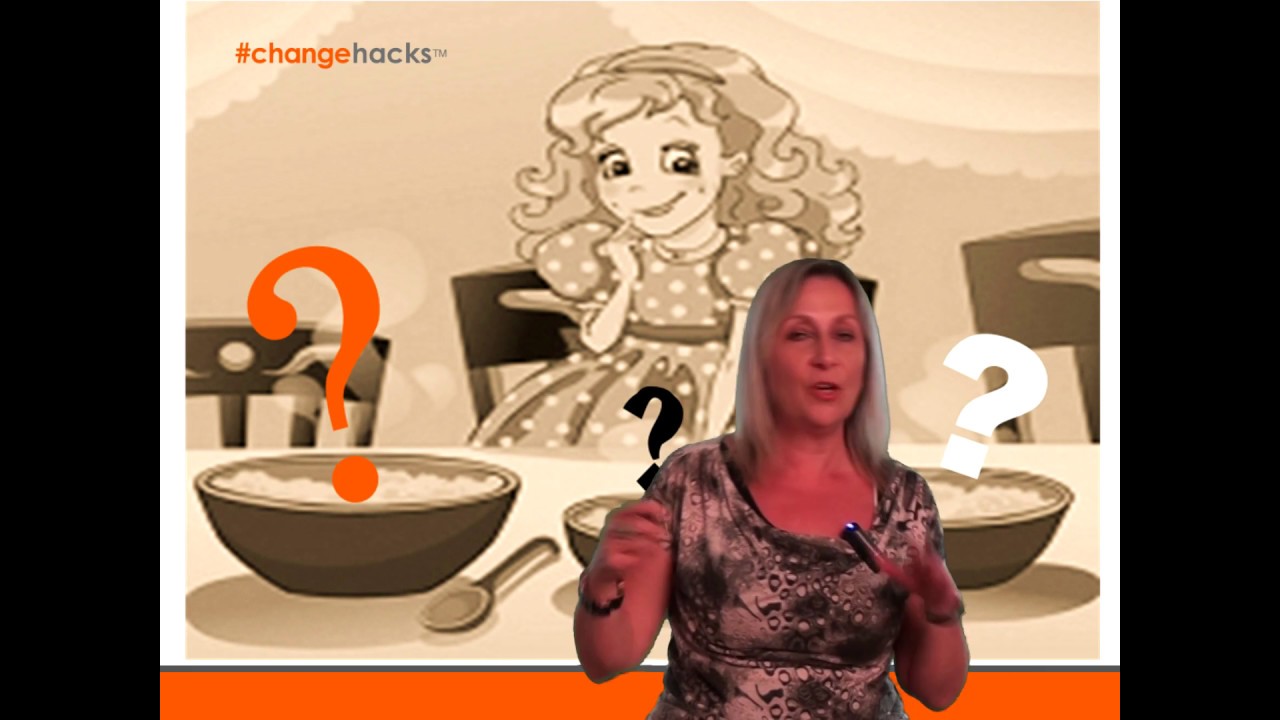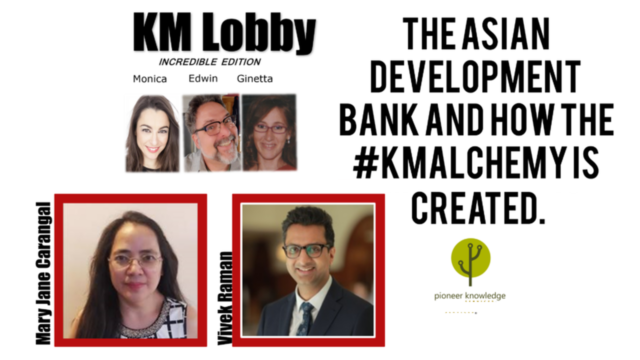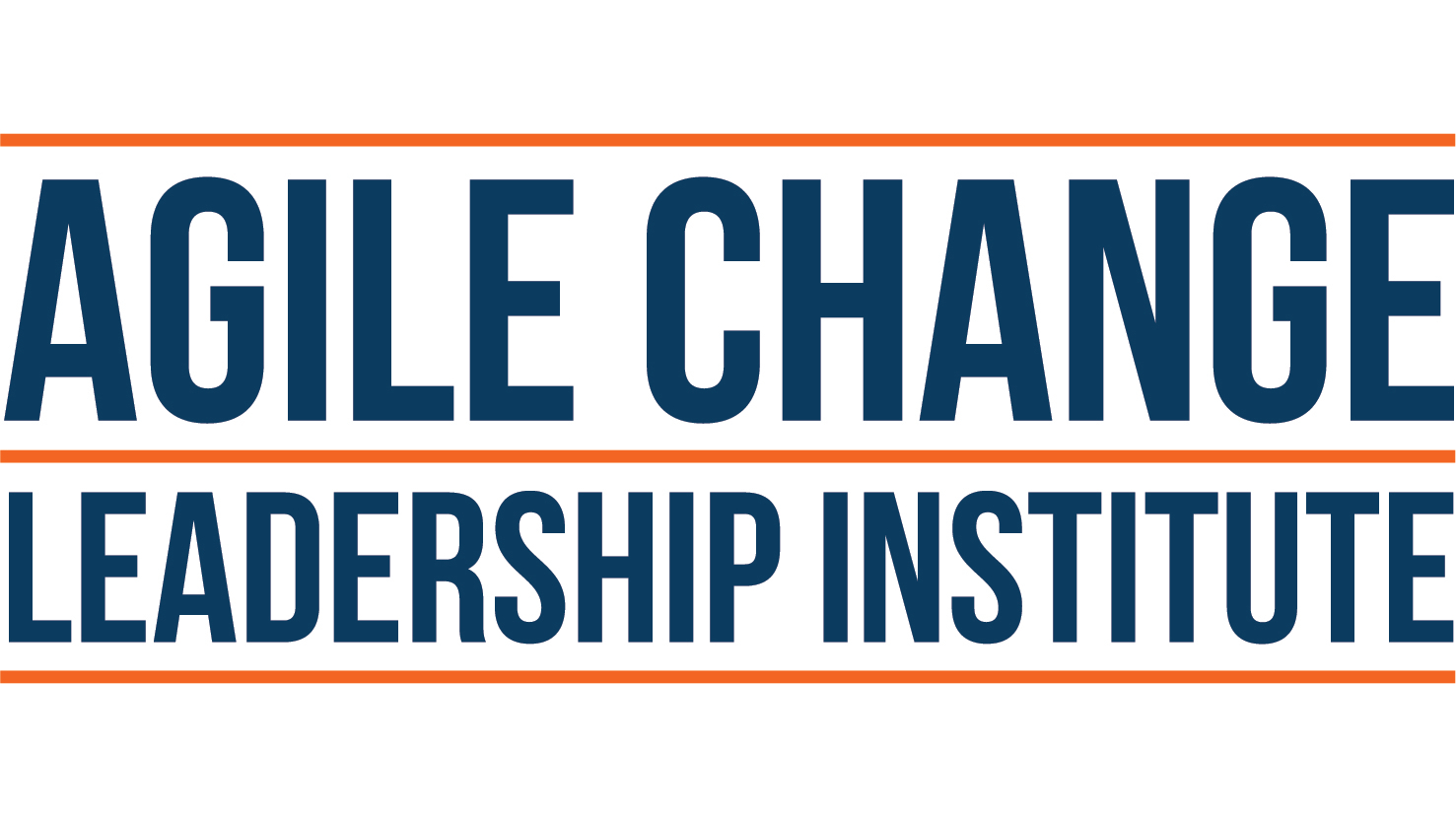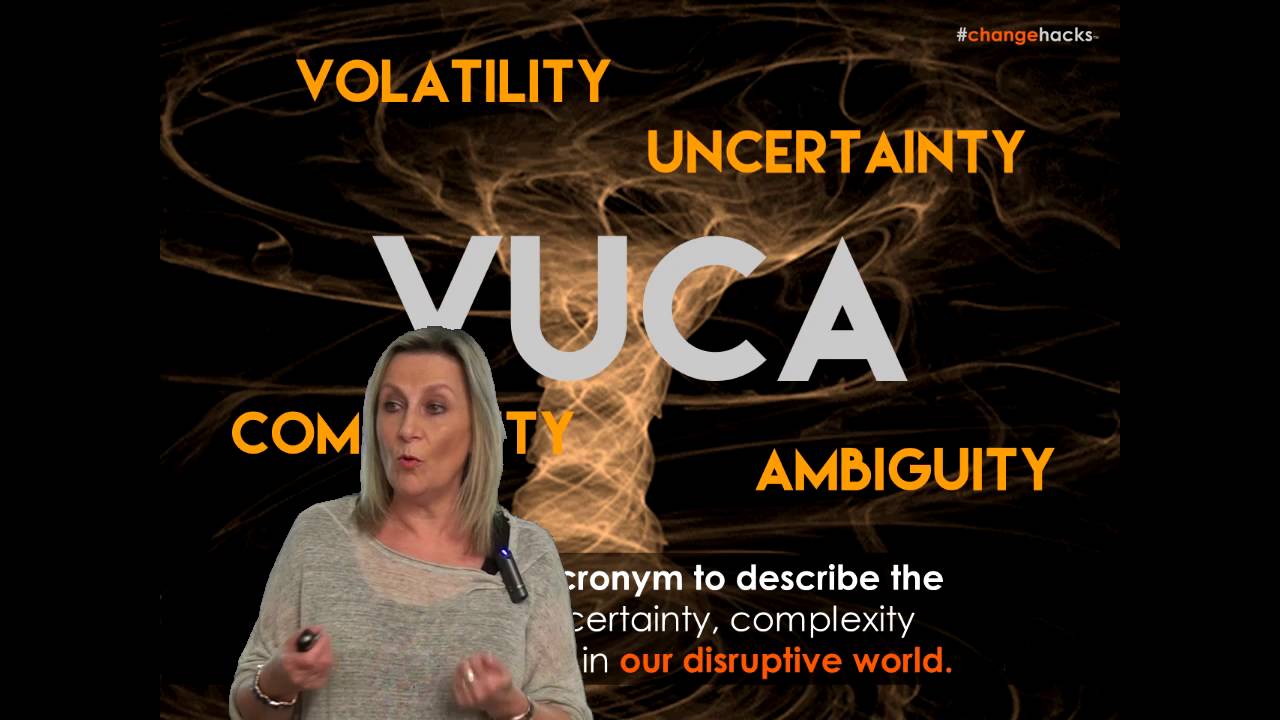
Change hack 10: Getting it right with the Goldilocks approach to change management [Change hacks series]
This is part 10 of a series of articles on ‘change hacks’ from expert change management speaker and facilitator Lena Ross.
In the familiar fairy tale of the three bears, we read about Goldilocks’ three options – one that is too much, one that is too little and one that is just right. In this parable, there’s a case for applying the Goldilocks principle in how we deliver change. For a long time, where waterfall-style projects were mainstream, change was often delivered in a linear approach with a list of artefacts to complete. Now, in a climate of complex and continuous change, there is an increasing expectation that change programs will be leaner and deliver outcomes in shorter cycles.
The pressure is on the change practitioner to be increasingly adaptive in their approach. What worked on Project THEN in the bank three years ago is unlikely to hit the mark as an approach on Project NOW in health care.
The Goldilocks approach to change management is about what is just right, now.
The term minimum viable product (MVP) is fast becoming a commonly used one in project and change parlance. But MVP doesn’t mean we discard our change management toolkit. Without a specific roadmap or prescription for how to plan and implement change, it means that the change practitioner needs to sharpen their capability of being adaptive and knowing when to scale up or down.
‘A change manager who is adaptive and can right-size their plan and approach so it’s fit for the change purpose at hand’
The nature of right-sizing in itself means there’s no prescription on how to be like Goldilocks. The scope and scale of the change initiative helps you size your work. The variables are countless, the possibilities are numerous. Experience and confidence helps of course, as does an adaptive, growth mindset. Here are some tips, all related to tweaking your mindset:
Let go of perfection
Are you attached to the need to develop a perfect document before you circulate it? I have a passion for infographics and material with high visual impact. It took me a (long) while to learn that I was spending a wee bit too much time perfecting my visuals. I learned that having a meeting with a stakeholder with an ‘imperfect’ artefact is okay. Manage expectations and explain that your document is in draft and you are covering points for discussion. I learned that drawing on a whiteboard or flipchart was a way of discussing that promoted a good deal more co-creation and engagement than rocking up to a meeting with big, colourful PowerPoint slide deck. The very fact that a document doesn’t have a high gloss finish is what invites collaboration. By way of example, this approach (and a big hop away from my comfort zone) helped me right-size output. This is also consistent with the agile manifesto principle of – individuals and interactions over processes and tools.
Draw a line, but only in pencil
I’m often asked – Where do I draw the line? How do I know when I’m not over-cooking it? There is no straight answer to this. We’ve all been in situations where the landscape changes and our well laid out plans are no longer relevant. You may have completed an impact assessment only to find out the project has been de-scoped. What started as a small project is now a program of work and you need to recast your change plan. More frequently now, the line changes. When you do draw that line, or make a plan, think about it as a pencil line. You may need to rub it out and redraw it. It’s okay to redefine it, to adapt to user needs and other shifting requirements. It’s not set in stone.
Put people at the centre of what you do
There’s that famous quote – people support what they help to create. Think about the last time you were involved in a decision or a change, even a small one. How did you feel? Sometimes, in all our busy-ness, we lose sight of this principle. The swing to design thinking and human-centred design (HCD) is putting us back on the path to grass roots change practice. If we think about what we want our people to do and think, how do we want them to feel, we are on the right track to developing a change plan that is fit-for-purpose. Even better if you can involve your people in this conversation. This leads to the example in my next tip about experimenting…
Experiment
An experiment is trying something out, not being sure if will work. And trying something new means stepping out of our comfort zone. Without experimenting, we don’t learn, grow or discover where that line needs to be drawn for now. When I first started drawing user journey maps, I would draw the map, make some assumptions about how our impacted users would feel, and what they would think and do, and then take it to the stakeholders to validate, discuss and adjust. This took some time and numerous meetings. Pressured by time, took a different approach that I’d never done before. I scheduled a few workshops with my stakeholders to draw the map together. Post-it note style on a big wall we mapped a current and desired state, and discussed the big questions such as:
- How might we make this happen?
- How can your leader help?
- How can you help?
- How can I help?
After being intensely scared to run the first workshop, I realised that we uncovered insights through group discussion that were much richer than I could have achieved in one-on-one meetings. Our wall became a mural view that our people could see, revisit and add comments. This holistic view resonated at many levels – it was big picture and visual. Without the workshops, I would have readjusted, revised and re-worked a document on my own PC that had less ownership and little visibility.
What we do know is that the complex and continuous nature of change is here to stay. The ‘people side’ of change remains top of mind. Taking a Goldilocks approach to delivering change helps us consider what is fit for purpose, to provide valuable change support for our stakeholders and end users.
I have a very short lightning clip on this topic above, and also on my YouTube channel.
If there are ways to improve collaboration and co-creation in your work workplace, what’s stopping you? For additional information please see my website.
Article source: Change hack 10: Getting it right with the Goldilocks approach to change management.






